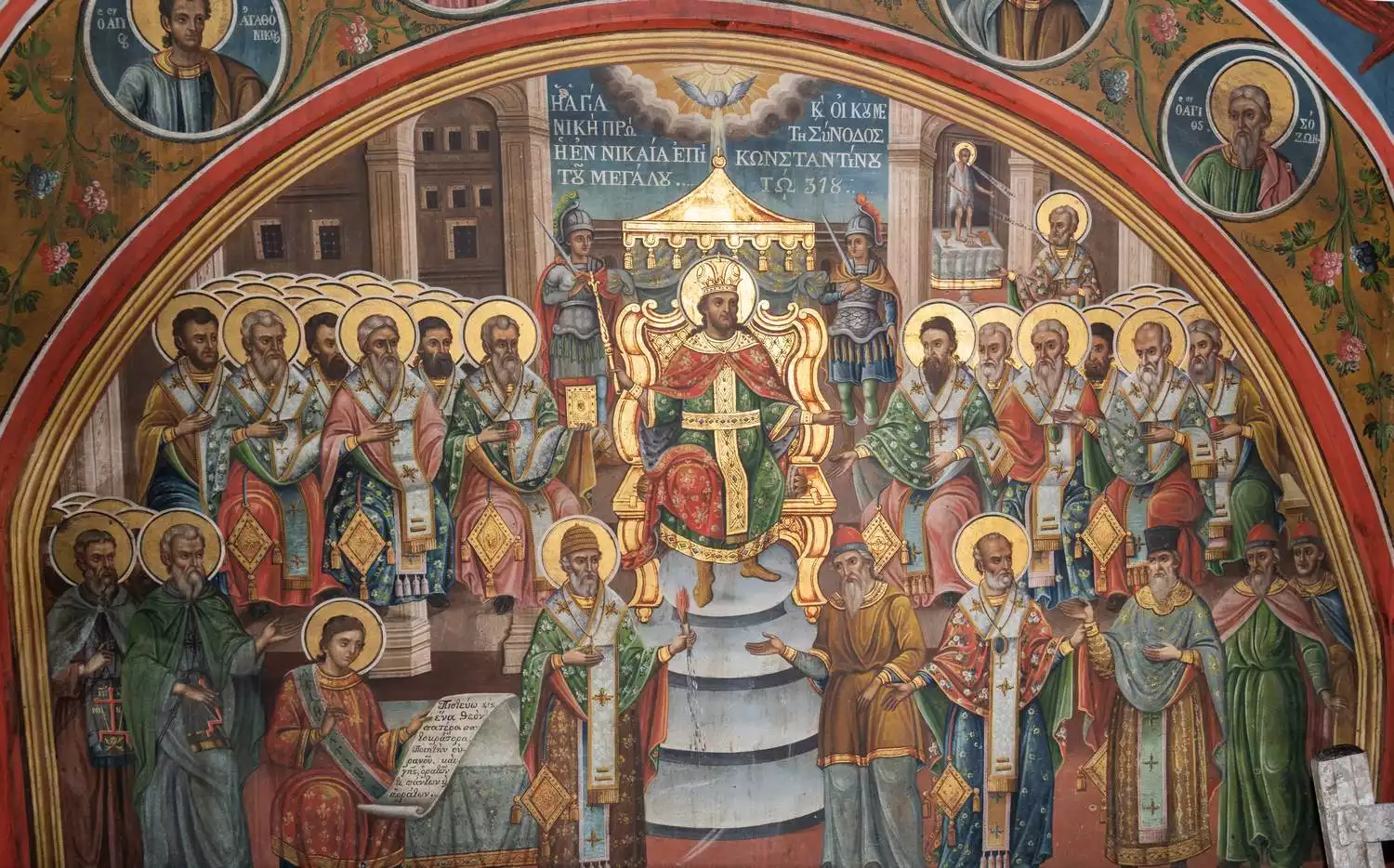
Heresy, a term rooted in religious discourse, signifies a deviation from established religious teachings, particularly within Christian contexts. Its historical emergence reflects the church’s evolving understanding of orthodoxy and the boundaries of acceptable belief. This concept, while not explicitly termed ‘heresy’ in the Bible, aligns with admonitions against false teachings found in New Testament texts like 2 Peter 2:1 and Galatians 1:6-9. These passages warn of individuals espousing doctrines contrary to the apostolic teachings, resonating with the later formalized notion of heresy. Heresy also embodies the dynamic tension between individual interpretation and communal doctrine, highlighting the ongoing challenge for religious communities to define and preserve their core beliefs amidst diverse perspectives and interpretations.
Historical Genesis and Evolution of Heresy
The term ‘heresy’ has a complex history, rooted in early Christian efforts to define orthodoxy. Initially, Christian doctrine lacked uniformity, allowing diverse interpretations. This plurality fostered an environment where differing views, later labeled as heretical, coexisted with what would become mainstream Christian doctrine. However, as the church sought to unify its teachings, it began to delineate orthodoxy from heresy.
In the 1st and 2nd centuries, the nascent church grappled with Gnostic teachings, which posited esoteric knowledge as the path to salvation, starkly contrasting orthodox views of faith and grace. The confrontation with Gnosticism marked the church’s first major challenge in defining orthodoxy and heresy. This period saw the church’s leaders, such as Irenaeus of Lyons, articulating criteria to distinguish true doctrine from false, laying the groundwork for later heresiological efforts.
Subsequently, the 4th century brought the Arian controversy, highlighting the complexities of Christological debates. Arius, a priest from Alexandria, proposed that Christ, though divine, was not co-eternal with the Father, challenging the emerging consensus on the Trinity. The Council of Nicaea in 325 CE, convened by Emperor Constantine, addressed this controversy, leading to the formulation of the Nicene Creed. The creed, a pivotal moment in defining orthodoxy, explicitly countered Arianism, cementing its status as a heresy.
These early confrontations with heretical movements were instrumental in shaping the church’s doctrinal development. They established a precedent for ecclesiastical authority to define orthodoxy and identify deviations. This process, while fostering doctrinal clarity, also marked the beginning of a complex relationship between authority, belief, and dissent within the Christian tradition.
Contemporary Perspectives and Challenges
In modern times, the concept of heresy has evolved, mirroring changes in theological understanding and societal attitudes. Contemporary Christian communities often approach the idea of heresy with a more nuanced perspective, focusing on inclusivity and dialogue rather than strict dogmatic adherence. This shift reflects broader societal trends towards pluralism and tolerance.
Yet, the relevance of heresy remains significant in theological discourse. It serves as a critical tool for churches in defining their doctrinal boundaries and maintaining a distinct identity. In ecumenical dialogues, for instance, understanding and addressing historical heresies play a crucial role in fostering unity among diverse Christian traditions. The challenge lies in balancing doctrinal integrity with the need for openness and understanding among different Christian communities.
The internet and global connectivity have also influenced the discourse on heresy. Online platforms allow for the rapid spread of diverse, often unorthodox, religious ideas. This phenomenon challenges churches to engage constructively with these ideas while upholding their doctrinal foundations.
The historical and contemporary examination of heresy underscores its enduring significance in Christian theology and ecclesiology. From its early roots in addressing divergent teachings to its current role in a pluralistic society, the concept of heresy remains a vital part of the Christian intellectual tradition. It continues to shape how churches define their beliefs, interact with differing viewpoints, and navigate the complexities of modern religious discourse.
References
- “Christian Heresies in the Modern Era,” University of Leicester, 2023. Accessed 18 December 2023.
- “Heresy and Orthodoxy in Early Christianity,” Glasgow University, 2023. Accessed 18 December 2023.
- Jones, Samuel. The Evolution of Christian Doctrine. Oxford University Press, 2021.
- Kelly, J.N.D. Early Christian Doctrines. HarperCollins, 1978.
- Smith, Linda. Heresy: A History of Defending the Truth. HarperOne, 2009.
- Turner, David. Heresy in Historical Perspective,” in Church History Review, Vol. 100, No. 2-3, 2023, pp. 172-190. Brill Academic Publishers. Accessed 18 December 2023.
